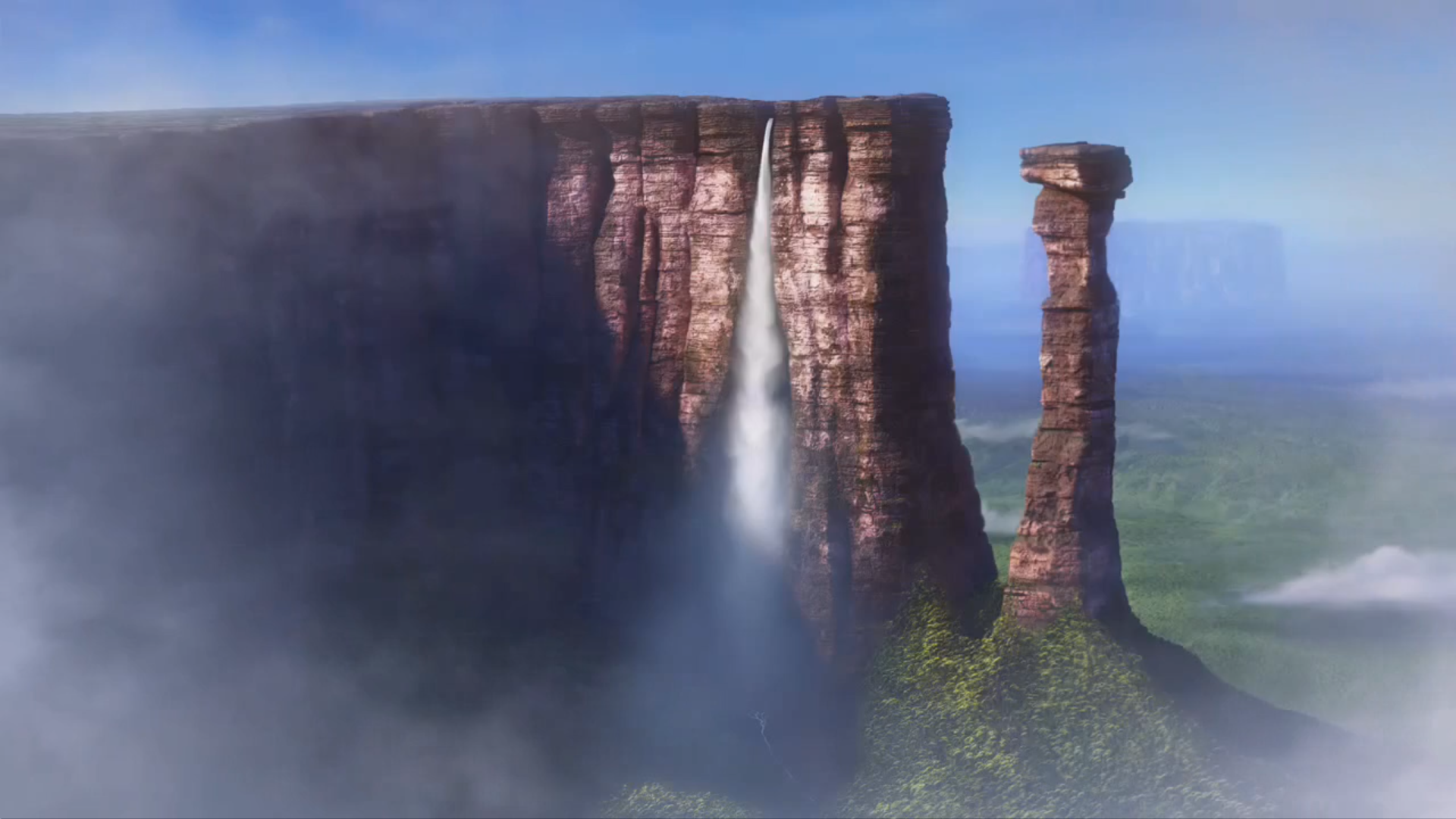Before that, we looked at the employability aspect of animation, specifically in stop motion. We learnt that it's not a good field to go into if you plan on settling down, since there'll be a lot of moving around to different studios wherever jobs need filling in.
To get a job in the field, you'd need:
- An understanding of the Animation Principles
- To be able to work without supervision under a brief
- To deliver on schedule / under pressure
- FOCUS
- Good communication skills
- The ability to work well with others
- To be able to operate equipment correctly
- Problem solving skills
- Animator
- Assistant Animator
- Model Maker
- Rigger
- Key Senior Animator
(Daniel Alderson is a stop motion animator for Laika - credit: The Academy)
From there, we moved onto the task for the day! We had already created storyboards, which followed the brief of having a character walk into frame, notice a box, and then pick it up. We could be creative with the idea, adding in anything we wanted just so long as the original idea is still there. I worked with Billy for this task, who I had never worked with before.
We used the following storyboard:

We were in the animation production studio area of the building for this task, where I had only worked once for a practice task. The setup was different this time though; instead of using magnets to keep the armature in place, we used pins this time. This, in my opinion, was a lot easier than the magnets, since there was a lot less guess-work in figuring out where the magnet was meant to go. The pins were a lot easier to just push into the feet.
Along the way, we came up with little touches and actions that weren't in the storyboards, but would fit in between the main 6 action poses. One of the key ones Billy came up with was a slight fourth wall break, where the character would look into the camera for a brief second, and then continue on with the action.

It all went really well... until I knocked the camera accidentally. Since the camera was on a pole attached to the ceiling, it'd be more difficult to knock than a camera on a tri-pod. But I did manage to knock it, and it threw the frame off. I had a panic about it, trying desperately to fix it and get the camera at least close to where it was before. Thanks to Billy's help, the camera was fixed to be close to what it was. I still wasn't entirely happy with it, and thought that it'd be obvious that there was a change in framing. But after watching back the animation with new footage... it was fine. I panicked over nothing.
After that, we managed to get the rest of the animation finished just fine! We had to come up with a good way to show the box flying up into the air, and then falling back down again. The idea settled on was a very rudimentary rig, which involved tying the box to a string, and looping the string around a pole above the set. It would act as a pulley system of sorts. And it worked! We got the effect we wanted, and had a fun time doing it!
And the finished animation looks like this!
In the end, I'm REALLY happy with how this animation turned out! It's definitely made me enjoy stop motion a lot more, and I think it's a combination of working with other people and what we were actually animating. The armature was a lot easier to animate than the bouncing ball, strangely enough. I think it was mostly from how much more stable and well put-together it is, over the more DIY feel of the ball bounce rig. If I was to do this task again, two things come to mind; a minor thing, which is making sure the last shot doesn't have the pins visible in frame, and a MAJOR thing: don't over-panic about things going wrong. I worried for far too long about knocking the camera and not being able to fix it, only to have it turn out looking fine. This is a lesson for me to not worry so much about things going wrong, and sometimes just going with things being as good as we can get them.





